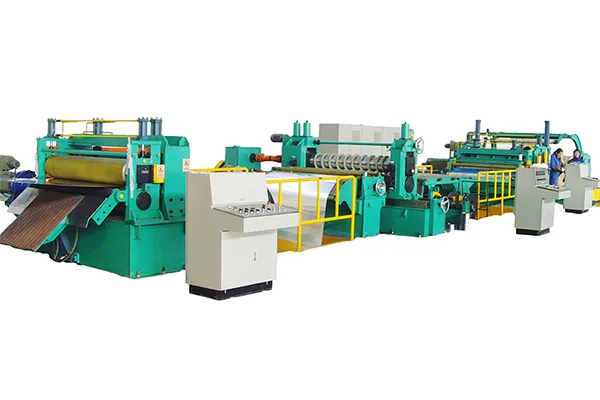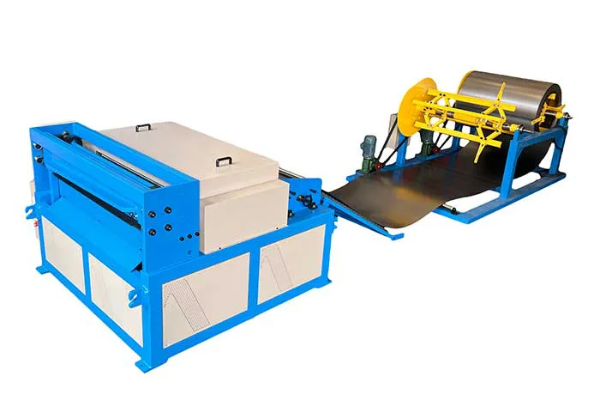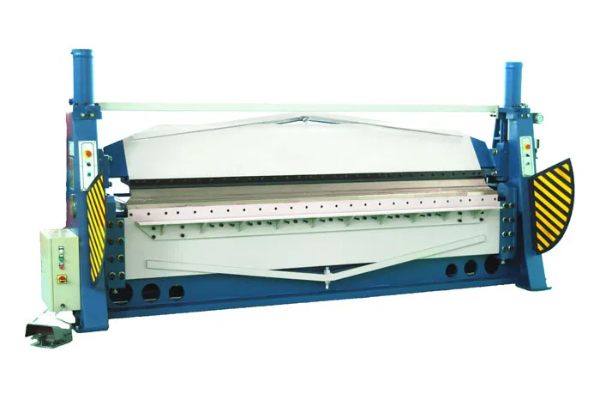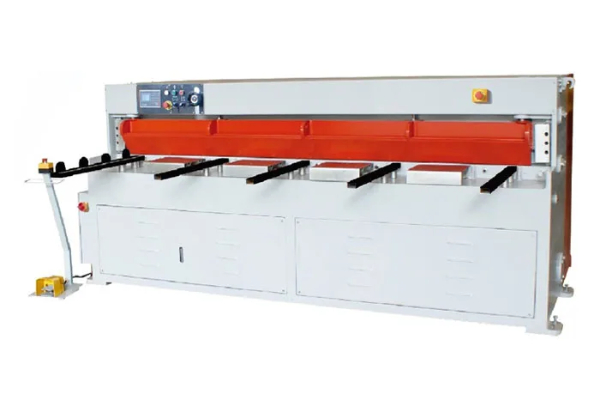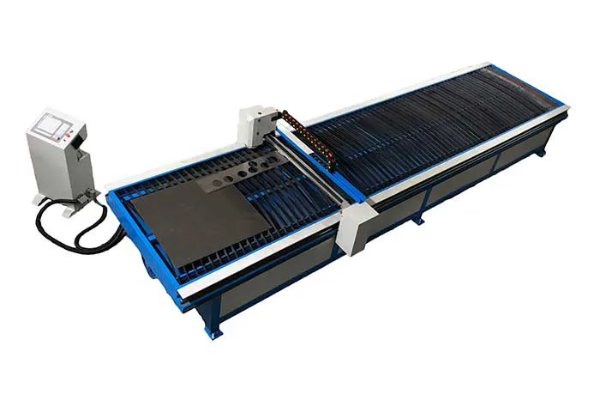
Choosing the Right Rolls for Metal Plate Rolling
- By:Metmac
- 2024-07-26
- 97
In the realm of metal fabrication, where precision and efficiency reign supreme, the choice of rolls for metal plate rolling holds paramount importance. Selecting the appropriate rolls can optimize the rolling process, minimize defects, and maximize productivity. This article delves into the various factors to consider when choosing the right rolls for metal plate rolling, empowering you to make informed decisions for optimal outcomes.
Roll Material and Hardness
The material and hardness of the rolls play a crucial role in their durability and performance. Forged steel and cast iron are commonly used materials, with forged steel offering superior strength and longer service life. The hardness of the rolls determines their resistance to wear and deformation, which is essential for maintaining dimensional accuracy and surface finish.
Roll Profile and Geometry
The profile and geometry of the rolls determine the shape and thickness of the rolled metal plate. Different profiles, such as cylindrical, crowned, and tapered, are suitable for specific applications. Cylindrical rolls produce flat plates, while crowned rolls compensate for plate bending and ensure uniform thickness. Tapered rolls allow for gradual thickness transitions.
Roll Surface Finish and Coatings
The surface finish of the rolls influences the quality of the rolled plate. Smooth and polished rolls produce a high-quality surface finish, minimizing the need for subsequent polishing or grinding. Coatings, such as chromium plating or ceramic coatings, enhance wear resistance and extend the lifespan of the rolls.
Roll Diameter and Length
The diameter and length of the rolls affect the bending capacity and production efficiency of the rolling machine. Larger diameter rolls provide higher bending forces and reduced roll deflection, resulting in greater accuracy. Longer rolls allow for continuous rolling of longer plates, increasing productivity.
Machine Compatibility and Roll Setting
The rolls must be compatible with the rolling machine and properly set to achieve optimal performance. Proper adjustment of the roll gap and camber ensures precise plate thickness control and minimizes distortion. Regular maintenance and calibration of the rolls are crucial to maintain accuracy and extend their service life.
Considerations for Special Applications
In certain applications, specialized rolls are required to meet specific demands. For example, pinch rolls are used to control plate movement and prevent slippage, while backup rolls provide additional support and stability to the work rolls. Rolls with special coatings or grooves can accommodate specific material requirements, such as thick plates or abrasive materials.
Conclusion
Choosing the right rolls for metal plate rolling is a multifaceted decision that requires careful consideration of multiple factors. By understanding the material properties, profile, geometry, surface finish, dimensions, machine compatibility, and special application requirements, you can select the optimal rolls for your specific needs. Investing in high-quality rolls not only enhances the efficiency and accuracy of your rolling process but also contributes to the longevity and reliability of your equipment.
-
Reliable Sheet Metal Equipment for Sale to Support Precision Fabrication
2025/07/17 -
Advanced Duct Machine AC and Fabrication Solutions from Metmac
2025/07/12 -
The Advantages of Using a Sheet Roll Forming Machine in Manufacturing
2024/09/14 -
How to Optimize Your Laser Sheet Cutting Machine for Maximum Performance
2024/09/12
-
Precision Sheet Metal Shearing and Forming Machines for Efficient Steel Processing
2025/08/02 -
Versatile Sheet Metal Equipment and Press Machines for Precision Fabrication
2025/08/02 -
High-Precision Solutions for Sheet Metal: Laser Cutting and Folding Machines
2025/08/02 -
Innovative Solutions from Leading Duct Machine Manufacturers
2025/07/21
-
A Guide to the Latest Innovations in Sheet Metal Folding Machines
2024/11/29 -
Key Features to Consider When Investing in a Sheet Metal Folding Machine
2024/11/28 -
Enhancing Precision with Advanced Sheet Metal Folding Machines
2024/11/27 -
How to Choose the Right Sheet Metal Folding Machine for Your Workshop
2024/11/26
